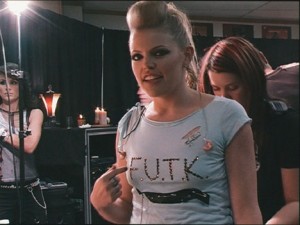Because of our recent focus on country sub-genres and our talk with Christine Warren, I have taken an interest in Western Swing. As I was listening to some of Bob Wills’ music, I recognized a certain sound: Mariachi Music. Mariachi music includes, similar to Western Swing, a fiddle or violin, blaring horns, a variety of string instruments and the traditional “Big Band” Sound. These similarities struck a chord with me because of my interest in learning more about older country music (I have little knowledge before Neo-Traditional George Strait and Pop country Garth Brooks) and because of my love of Mariachi music and my Hispanic culture.
To further understand the influences of traditional Mexican music on Western swing, we must listen to the King of Western Swing himself, Bob Wills. His interesting band leader qualities and his high pitched interjections make for lively dance music. The big band sound is key to the inner workings of Western Swing as well as Mariachi music. Now here is Bob Wills…
https://www.youtube.com/watch?v=0C08jmN1sM8
I have chosen this next video that features Los Lobos singing “El Pescado Nadador” because although it is not heavily traditional mariachi music it does feature many of the same qualities.
Wanting to look more into Mexican and Tejano influences, I stumbled across Radio Cultures: The Sound Medium in American Life. I found that not only is Western Swing and later forms of country music influenced by the instrumentation of mariachi bands but also by German and Czech polka bands. One of the easiest sounds to pin point as a similarity between Western Swing and Mariachi Music is the fiddle and, in some cases, the violin. The following video features violinists from Mariachis Los Arrieros and the Quebe Sisters’ fiddlers as they demonstrate the similar sounds of the two distinctly different genres and their ability to get the crowd dancing.
Big names that were influenced by this traditional Mexican music include Johnny Cash, Buddy Holly, Freddy Fender and Linda Ronstadt. Much of the western swing style with other incorporated influences eventually morphed into the beginnings of Rockabilly. The exploding horns in the beginning of Johnny Cash’s “Ring of Fire” exemplify the obvious Mexican influence on country music.
https://www.youtube.com/watch?v=It7107ELQvY
Understanding the intricacies of artists’ influences is a difficult task but it does make for some inspiring findings. If there is any one thing that I love about country music, it is its ability to transcend one specific influence and incorporate a variety of genres and styles.

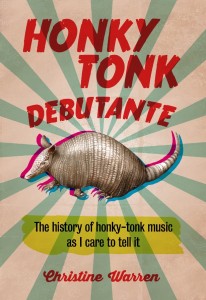
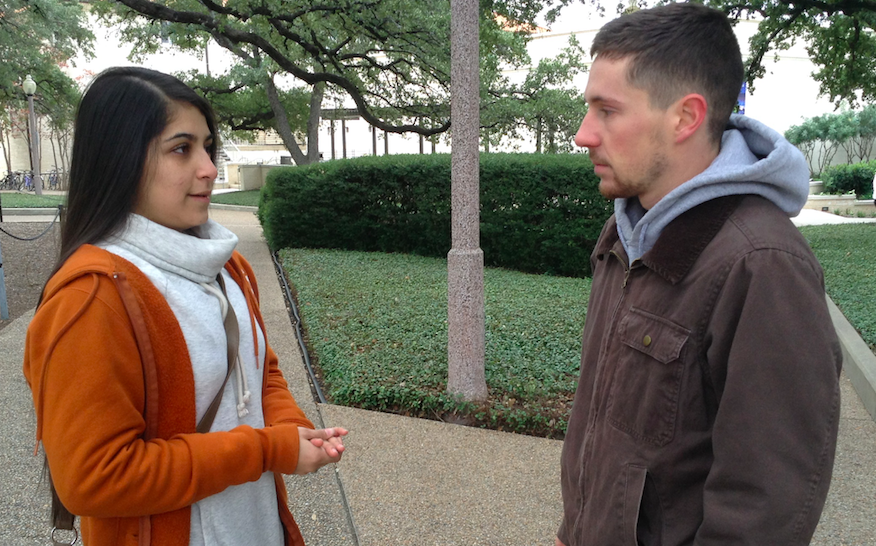
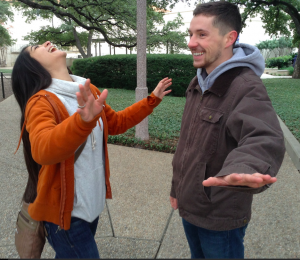
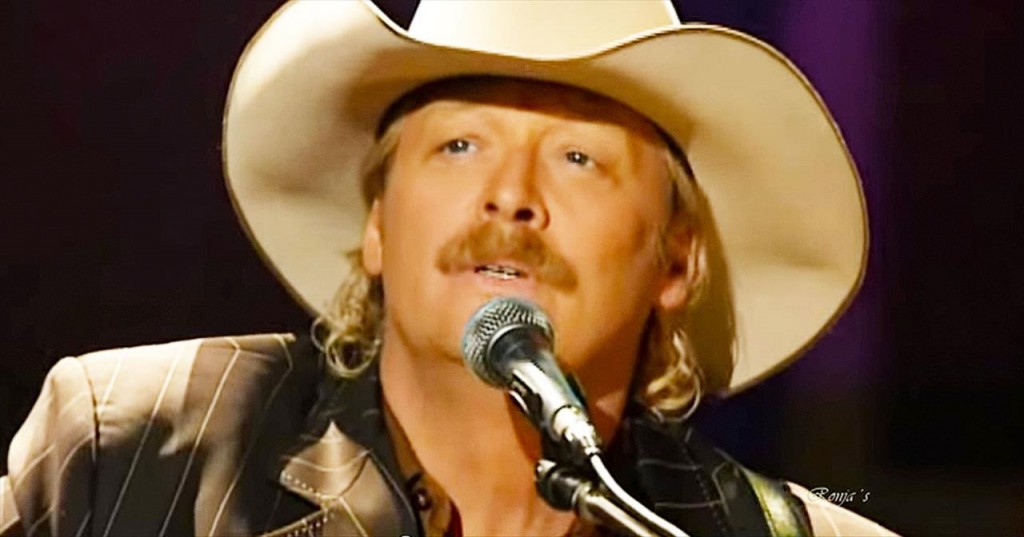 Where were you on the morning of Tuesday, September 11, 2001, when terrorists associated with the al-Qaeda group flew commercial aircraft into the World Trade Center and Pentagon in what became one of the deadliest and costliest attacks on United States soil? This is the question Alan Jackson asks in one of many country songs that appeared in the years just after the attack (“Where Were You [When the World Stopped Turning]”). As Jackson argues, wherever you were, you probably remember how you received the news. You probably remember feeling torn about how you and the United States should respond.
Where were you on the morning of Tuesday, September 11, 2001, when terrorists associated with the al-Qaeda group flew commercial aircraft into the World Trade Center and Pentagon in what became one of the deadliest and costliest attacks on United States soil? This is the question Alan Jackson asks in one of many country songs that appeared in the years just after the attack (“Where Were You [When the World Stopped Turning]”). As Jackson argues, wherever you were, you probably remember how you received the news. You probably remember feeling torn about how you and the United States should respond.